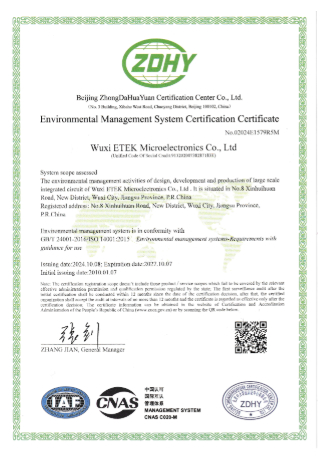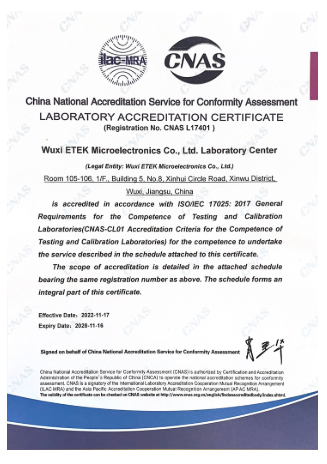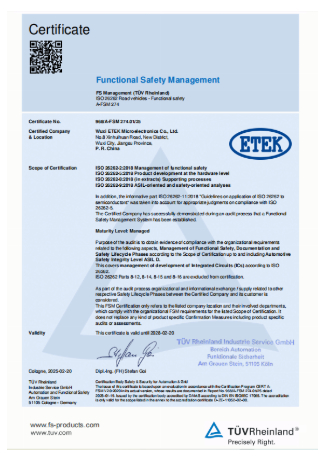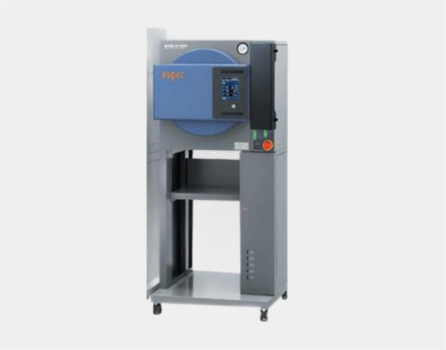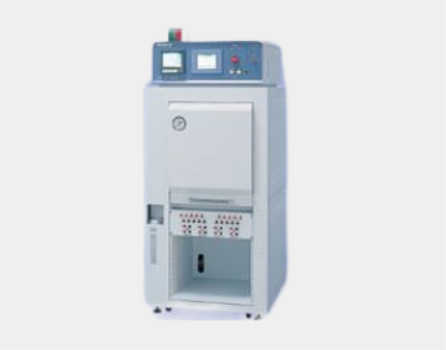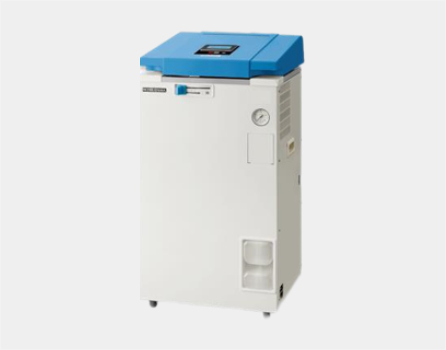Quality Policy
-
Standard Management
-
Ensure the High Quality of IC Products
-
Continuously Enhance Customer Satisfaction
-
Well-designed
-
Pioneering and Innovative
-
Strict Control
Environmental Policy
-
Prevent Environmental Pollution
-
Improve Environmental Management Effects
-
Strengthen Environmental Awareness
-
Promote to Employees and Public
-
Compliance with Environmental Reguations
-
Ensure Environmental Management Meet Standards
Introduction of the Experimental Center
Items and condition
| Items | Abbreviation | Condition |
|---|---|---|
| Pre-Condition | Pre-C |
Step 1: Test Step 2: Baking => 125°C, 24hrs Step 3: THT: time and condition based on MSL level Step 4: Reflow : 260°C, 3 times Step 5: 22-SAT IPC/JEDECJ-STD-035 Step 6: Test |
| High Temperature Operating Life Test | HTOL | 125°C,VDD=AMR*90%,1000hrs |
| High Accelerated Stress Test | HAST | 130°C, 85%R.H., 168hrs |
| High Temperature Storage Test | HTST | 150°C, 1000hrs. |
| Low Temperature Operating Life Test | LTOL | -40°C,VDD=AMR*90%, 1000hrs. |
| Temperature Humidity Operation Test | Aging | 85°C,85%R.H.VDD=AMR*90%,1000hrs |
| Thermal Shock Test | TST | -65°C ~ 150°C, Dwell=15min ; 500Cycles |
| Pressure Cook Test | PCT | 121°C, 100%R.H. 96hrs |
| Board level Temperature Cycling Test | BLTC | -65°C ~ 150°C, Dwell=1min, 500Cycles, Linear temperature =13°C/min |
| Drop Test | DT | 1.5g, 0.5ms, 90drops |
| Vibration Test | VFV | Frequency : 35Hz |
| Solder ability | SD | Steam Aging 8H, Solder 245°C, 10S |
| Early Life Failure Rate | ELFR | 125°C, VDD=AMR*90%, 48hrs |
Equipment information
Reliability
Relevant reliability assessment items and standards
| Test Item | Item | Condition | Sampling Size/Acc | Frequency |
|---|---|---|---|---|
| Pre - Condition | IR | "Baking: 125°C,24hrs THT; Time and conditions per IPC/JEDEC J-STD-020 based on device MSL level Reflow: 260°C, 3times" | 77/7/0 | New Item |
| Reflow | IR | 260°C, 3times | 77/0 | By lot |
| High Accelerated Stress Test | HAST | 130°C,85%R.H, 96/168hrs | 77/0 | By lot |
| Thermal Shock Test | TST | -65°C~150°C,100/500Cycles, Dwell=15min | 77/0 | By lot |
| High Temperature StorageTest | HTST | 150°C,168/500/1000hrs. | 22/0 | Monthly |
| High Temperature Operating Life Test | HTOL | 125°C, VDD=AMR*90%,168/500/1000hrs | 22/0 | Monthly |
| Low Temperature Operating Life Test | LTOL | -40°C, VDD=AMR*90%, 168/500/1000hrs | 22/0 | Monthly |
| Temperature Humidity Storage Test | Aging | 85°C,85%R.H.VDD=AMR*90%, 168/500/1000hrs | 22/0 | Monthly |
| Pressure Cook Test | PCT | 121°C, 100%R.H.2 atms, 96hrs | 22/0 | Monthly |
Failure Analysis
- Failure Analysis Process Flow
- Failure Analysis Techniques & Capabilities
Our structured failure analysis process ensures thorough investigation and accurate root cause identification to resolve customer issues and improve product quality.
| Process Phase | Responsible Party | Key Actions |
|---|---|---|
| Customer Complaint Handling | QA |
|
| Lot History Tracking | QA |
|
| Visual Inspection | QA |
|
| OS & Application Test | FAE |
|
| Final Test (FT) Analysis | Test Engineering |
|
| Emission Microscopy (EMMI) | R&D |
|
| Decapsulation & Delayer | R&D |
|
| Failure Duplication & Root Cause Verification |
FAE R&D |
|
| FA Report & Corrective Actions |
FAE R&D QA |
|
We utilize a comprehensive suite of advanced analytical techniques to diagnose failures at various levels
Bulleted List:
- Appearance Inspection
- Final Test (FT) Verification
- Electrical Characterization / Curve Tracing
- X-Ray Inspection (X-Ray)
- Scanning Acoustic Tomography (SAT / C-SAM)
- Decapsulation (De-cap)
- Wire Bond Pull Test
- Solder Ball Shear Test
- Cross-Sectional Analysis (Cross-section)
- Layer-by-Layer Deprocessing (De-layer)
- Emission Microscopy (EMMI)
- Optical Beam Induced Resistance Change (OBIRCH)
- Focused Ion Beam (FIB) Circuit Edit & Analysis
Green Manufacturing
-
01.
The noise emission is up to the standard, in line with the standard III of GB12348 "Noise Standard for Industrial Enterprise Boundary";
-
02.
The treatment of solid hazardous waste meets the requirements of laws and regulations;
-
03.
Ensure that the company's products and purchase products harmful chemical substances (lead, cadmium, mercury, chromium six dielectric) 100% is not exceeded the standard;
-
04.
Ensure that the company's products and purchased products do not contain conflict metals such as gold (Au), tantalum (Ta), tungsten (W) and tin (Sn) produced by minerals in conflict areas;
-
05.
Domestic sewage management meets regulations;
-
06.
The fire incidence rate is 0.
Conflict-Free Minerals Policy

Conflict minerals refer to Metal minerals such as gold (Au), tantalum (Ta), tungsten (W), cobalt (Co), tin (Sn) and other metals produced from Congo and surrounding 10 countries (DR Congo, Ganga, Sudan, Rwanda, Burundi, Uganda, Zambia, Angola, Tanzania, Central African Republic), through smuggling trade channels, by non-governmental military groups or non-military factions in the controlled conflict area. ETEK prohibits use of metals from conflict mining areas;
Prohibit the procurement and use of conflict metal raw materials produced in mining areas in conflict areas;
Ensure that products do not use "conflict minerals" from conflict areas;
Communicate this requirement to its upstream suppliers.

 EN
EN
















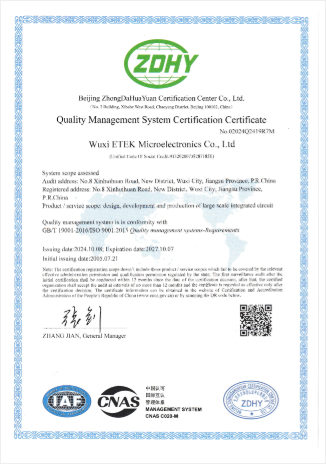
 Download
Download